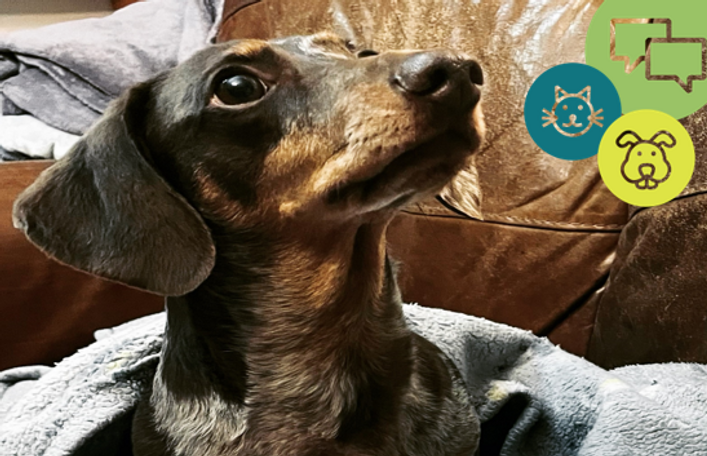
Animals, cute or otherwise, are an effective way of drawing attention to ads and sometimes people’s feelings about them are at the heart of a campaign. Campaigns by pressure groups or charities often use shocking images to highlight their cause and consumers might be more accepting of such images if they are sympathetic to the advertised cause.
Take care your images don’t distress or frighten
However, before you use images that might cause fear or distress to those that see them, consider whether their use is justified and if they are suitable for the media and audience you are targeting. People for the Ethical Treatment of Animals (PETA) Foundation stayed the right side of the line in their ad contrasting the different emotional responses to pictures of a dead cat and a dead fish, but the use of blood and gore in a Viva! ad was ruled to be frightening and distressing.
Make sure you can prove objective claims
It's not just about feelings though. Facts are as important in ads for products for animals as they are in those for humans! Advertisers in the sector must be able to substantiate any objective claims, whether these are for pet food or animal charities. In a nation of animal lovers, emotions can run high in relation to factual claims and there’s always a risk that hard-hitting claims will attract complaints from other interested parties. Greyhound welfare pressure group Sighthound Welfare UK Ltd were able to substantiate their claims about the dangers of greyhound racing when challenged by complainants representing the industry.
However, when the ASA looked at evidence for claims from THE PACK PET Limited that a plant-based diet was healthier for dogs, they ruled that the advertiser’s claims had not been substantiated. In part, this was because many of the studies the advertiser submitted relied on the pet owner’s subjective assessment of the health of the dog.
Anthropomorphising, sexualisation and objectification
Cartoon or animated animals have also been the subject of complaints to the ASA. Characters in Oasis Games Ltd ads for computer games had animal features like tails and ears but were identifiably female. One character in particular was described as ‘little girl’ and looked under 18. The ASA upheld complaints that the ads were offensive and socially irresponsible because they exploited gender stereotypes and sexualised children...twice.
Look after animals’ welfare
Regardless of the content of an ad, all animals featured must be looked after well and should not be harmed or distressed in the process. It’s a good idea to seek the support of a veterinarian or other relevant expert in the health and welfare of animals to ensure that they are properly treated and cared for throughout production.
Need some further guidance on using animals in your non-broadcast ads? Our Copy Advice team are happy to provide free, bespoke advice – particularly if you send them images of cute animals.
More on
-
Keep up to date
Sign up to our rulings, newsletters and emargoed access for Press. Subscribe now.


